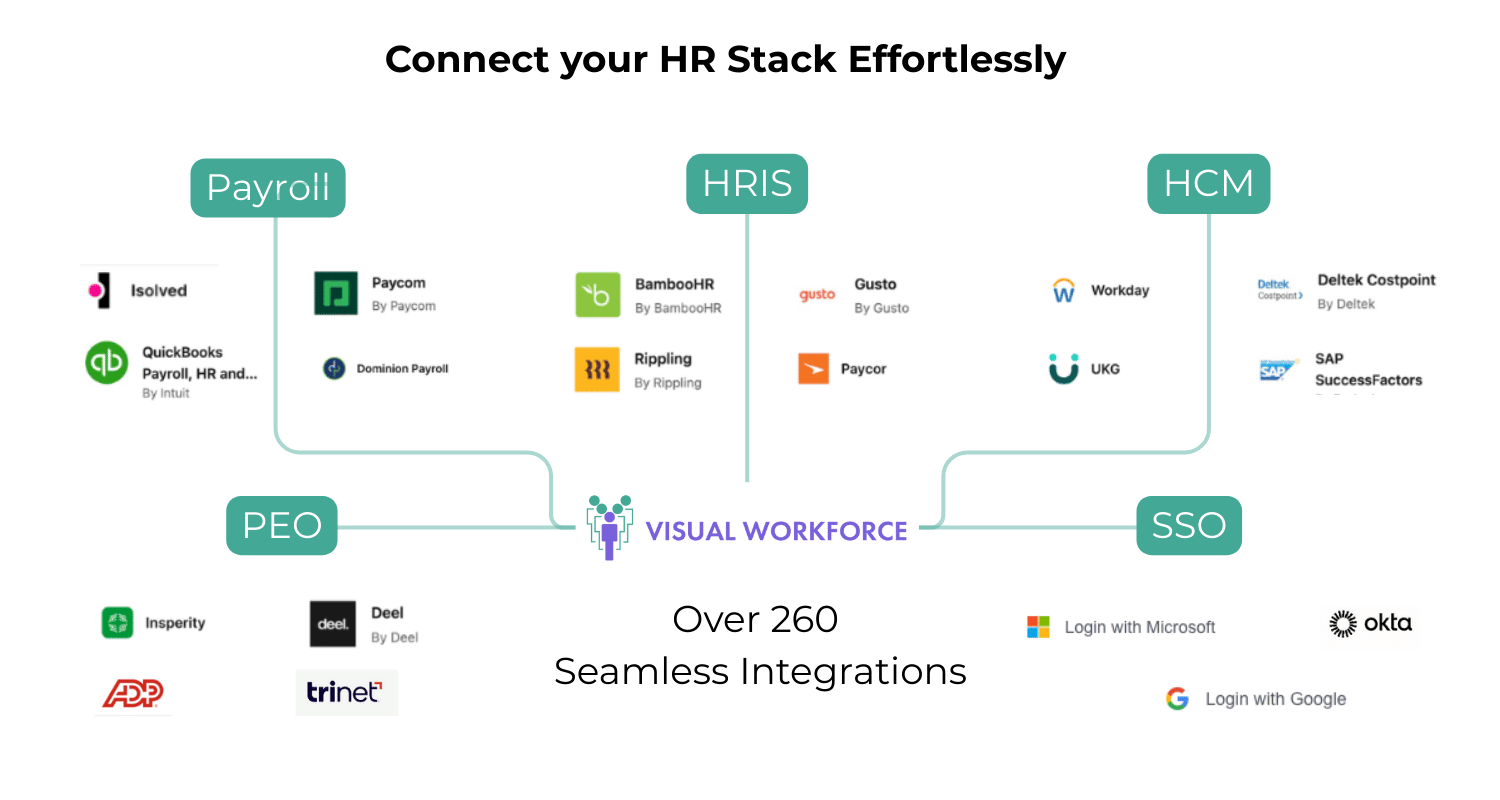5 Lessons to Learn from Amazon's Investment in Upskilling
In early July, Amazon made waves with its announcement that the company will pledge over $700 million to upskill more than 100,000 of its U.S. employees. Amazon's big move comes during a critical shift in the U.S. workforce.
New technologies, like AI and Machine Learning, are automating jobs previously conducted entirely by humans. With technical innovations adopted by businesses every day, the way we work is changing and the workforce is forced to prioritize a new set of skills.
The economy is also operating under a highly competitive labor market in favor of talent. According to the U.S. Bureau of Labor Statistics (BLS), there are now more job openings, 7.4 million, than there are unemployed Americans, 6 million.
An urgent need for new digital skills and a small talent pool leaves a massive skills gap in our workforce. People cannot keep up with the pace of digital transformation, while employers are struggling to recruit people with the right skills to adopt new technology.
Amazon recognizes these changes and is taking proactive steps to lead their company into the future of work. By investing in upskilling their employees now, they are setting the stage for long-term, sustainable success in the digital age.
What Does This Mean For Your Business?
You may be thinking; I don’t have access to the same resources, data, and training programs as a corporate giant like Amazon. I can’t make a $700 million investment and start a training program for every necessary skill. How do I ensure my workforce succeeds in the digital age?
Yes, Amazon is one of the largest corporations in the world. However, their decision to upskill is repeatable, no matter your size or industry. Any organization can follow Amazon’s lead and incorporate upskilling into their skills management strategy.
If you want to be successful in the digital age, you must invest in the necessary steps to develop your employees’ skills and future-proof your workforce.
Here are some key takeaways from our Special Report: 5 Lessons to Learn From Amazon’s Investment in Upskilling.
Digital Transformation Will Reprioritize Skills
Digital transformation is a bit of a buzzword these days. Terms like AI, robotics, and automation routinely get attached to bold headlines claiming automated technology will over take jobs.
We are here to tell you this is simply not true. Just look at Amazon.
In their article, the NY Times noted that “automation already plays a central role at Amazon’s huge warehouses...Last holiday season, it hired fewer temporary workers than in the previous year, and last quarter, its headcount was up 12 percent, the lowest rise in years.”
However, Amazon isn’t trying to turn warehouse workers into software engineers. The upskilling program is designed to move workers up “one or two rungs on the skills ladder, turning warehouse floor workers into IT technicians and low-level coders into data scientists.”
The article also argued that digital technology will mainly change jobs rather than destroy them. Instead, technology is reprioritizing the skills your employees need to succeed.
Competitive Labor Markets Means Employers Must Look Internally for Talent
The current position of the labor market heavily favors the talent, not employers. 60% of U.S. employers have job openings that stay vacant for 12 weeks or longer, costing businesses up to $800,000 annually.
In addition to an already limited talent pool, many available workers don’t possess the right skills or proficiency levels required for available jobs, cutting a deep skills gap in our economy.
SHRM’s 2019 Skills Gap Report, 83% of recruiters say they’ve had difficulty recruiting in the past 12 months, while 75% who reported difficulty recruiting says there are skills gaps in job candidates.
SHRM’s 2024 Talent Trends Report, 75% of organizations struggled to fill full time positions with 8.7 million open positions in the US.
Faced with these challenges, talent developers are placing a priority on alleviating skills gaps within their organizations. The 2019 LinkedIn Workplace Learning Report found four out of the top seven focus areas for talent developers this year revolved around resolving skills gaps within their organizations, with “Identifying and Assessing Skills Gaps” listed as their most pressing focus area.
Even Amazon isn’t exempt from the pains of the widening skills gap. Ardine Williams, Amazon’s vice president of people operations, said the company had more than 20,000 open positions in the United States. However, instead of continuing to invest in a limited talent pool, Amazon looked internally to find and develop the right skills within their existing workforce.
You can lower your recruiting risk by identifying skills gaps within your existing workforce to find key upskilling opportunities. Discovering these opportunities can help drive your decisions on both training programs and recruiting efforts. Using real skills data from your workforce can inform your decisions and ensure your investments align with your business objectives, while also enhancing employee retention.
Rely on Data to Drive Effective Training Programs
Amazon collects, analyzes, and applies insights from trillions of gigabytes of big data every day. It’s no surprise that their upskilling program is also backed by data-driven insights. You can also collect data from your workforce and leverage it to make data-driven decisions like which training programs to include in your upskill initiatives.
Pro Tip: Utilize data visualizations to efficiently analyze big data, clearly communicate key insights to stakeholders, and make timely decisions that move the needle for your business.
Not every business manager has access to a data analyst that can do the heavy analysis for you. Employing a skill management software that leverages data visualizations can help you derive key insights from your data in seconds so you can spend valuable time developing solutions for your workforce.
Plan Ahead- Upskilling Starts with Skills Planning
While Amazon has only recently announced its upskilling pledge, months of planning took place before the official launch. During this planning period, Amazon took the time to:
Analyze the current skills and capabilities of its workforce
Develop proficiency requirements that aligned with its business objectives
Identify the gaps that shaped the strategy and design of their upskilling programs
What’s the lesson here? If you want to invest in upskilling successfully, you first need to invest in skills planning. Skills planning is the cornerstone of great upskilling program that shows you where your workforce is now in comparison to where your workforce needs to go. In other words, you can identify the essential skills that need improvement and the development employees require to meet the ideal proficiency.
The vast majority of managers (74%) rely on an internal skills gap assessments to decide which learning programs to create or curate. The detailed data from a skills assessment tool allows you to prioritize and allocate necessary training dollars to areas where your employees need the most upskilling. Without this information, you can’t adequately plan your upskill program and risk wasting valuable resources for no return.
Amazon’s commitment to upskilling its workforce is a giant step towards the future of work. No matter our size or industry, we should all future-proof our workforce by investing in upskilling to ensure we continue to experience long-term success in the digital age. Download the full report to learn how you can replicate Amazon’s steps to building competitive, sustainable workforce.









